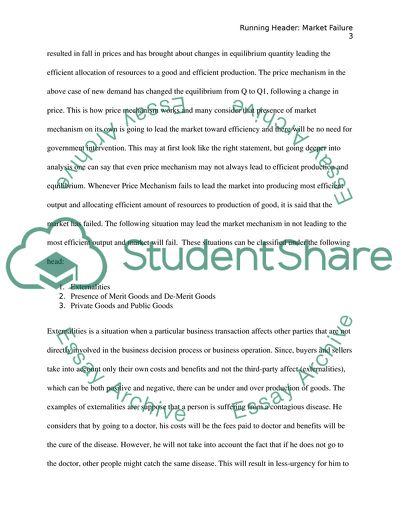Cite this document
(The Workings of the Market Mechanism Coursework, n.d.)
The Workings of the Market Mechanism Coursework. Retrieved from https://studentshare.org/marketing/1730152-explain-the-workings-of-the-market-mechanism-what-can-cause-markets-to-fail
The Workings of the Market Mechanism Coursework. Retrieved from https://studentshare.org/marketing/1730152-explain-the-workings-of-the-market-mechanism-what-can-cause-markets-to-fail
(The Workings of the Market Mechanism Coursework)
The Workings of the Market Mechanism Coursework. https://studentshare.org/marketing/1730152-explain-the-workings-of-the-market-mechanism-what-can-cause-markets-to-fail.
The Workings of the Market Mechanism Coursework. https://studentshare.org/marketing/1730152-explain-the-workings-of-the-market-mechanism-what-can-cause-markets-to-fail.
“The Workings of the Market Mechanism Coursework”. https://studentshare.org/marketing/1730152-explain-the-workings-of-the-market-mechanism-what-can-cause-markets-to-fail.


